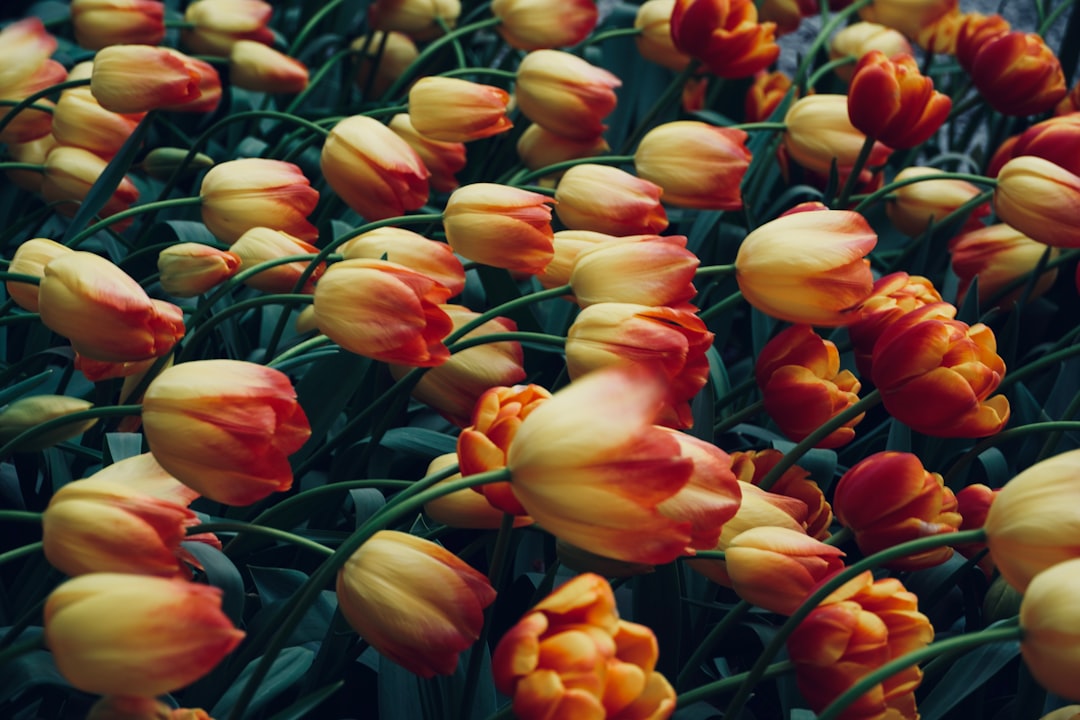Unleashing the Beauty of Annuals Euphorbia in Your Garden

Annuals Euphorbia plants are a remarkable addition to any garden. These plants belong to a tough, drought - tolerant genus that has the unique ability to thrive even in the face of harsh summer heat. Their colorful leaves are like nature's own masterpieces, adding a vibrant touch to the garden landscape.
One of the most appealing aspects of Annuals Euphorbia is their resilience. In regions where water is scarce or summers are swelteringly hot, these plants are the perfect choice. They have evolved to store water efficiently and can withstand long periods of drought without losing their charm. This makes them an ideal option for gardeners who are looking for low - maintenance yet visually stunning plants.
When it comes to the appearance of Annuals Euphorbia, their leaves are truly a sight to behold. The colors range from deep greens to bright yellows, oranges, and even purples. Some varieties have variegated leaves, which adds an extra layer of visual interest. These colorful leaves can create a beautiful contrast with other plants in the garden, making the entire area more appealing.
Now, let's delve into how you can grow Annuals Euphorbia in your garden. First and foremost, you need to choose the right location. These plants thrive in full sun, so find a spot in your garden that receives at least six hours of direct sunlight per day. However, they can also tolerate partial shade, especially in regions with extremely hot summers.
The soil requirements for Annuals Euphorbia are relatively straightforward. They prefer well - drained soil. If your soil is heavy or clay - like, you can amend it with organic matter such as compost or peat moss. This will improve the soil structure and allow for better drainage. Avoid planting them in areas where water tends to pool, as this can lead to root rot.
When it comes to planting, you can start Annuals Euphorbia from seeds or purchase young plants from a nursery. If you're starting from seeds, sow them directly in the garden after the last frost date. Make sure to cover the seeds lightly with soil and keep the soil moist until they germinate. If you're using young plants, dig a hole that is slightly larger than the root ball and place the plant in the hole. Fill in the hole with soil and gently firm it around the base of the plant.
Watering is an important aspect of growing Annuals Euphorbia. While they are drought - tolerant, they still need some water to establish themselves. Water the plants deeply but infrequently. This will encourage the roots to grow deeper into the soil in search of water. Once the plants are established, you can reduce the frequency of watering.
Fertilizing Annuals Euphorbia is also crucial for their growth and health. Use a balanced, slow - release fertilizer in the spring when the plants start to grow. Follow the instructions on the fertilizer package for the correct application rate. Avoid over - fertilizing, as this can lead to excessive foliage growth at the expense of flowers.
Pruning is another important task when it comes to growing Annuals Euphorbia. You can prune the plants to shape them and remove any dead or damaged branches. This will not only improve the appearance of the plants but also promote better air circulation, which can help prevent diseases.
Annuals Euphorbia can be used in a variety of garden settings. They can be planted in flower beds, borders, or containers. In flower beds, they can be combined with other annuals and perennials to create a colorful and dynamic display. In containers, they can be used as a focal point or combined with other trailing or upright plants to create a beautiful arrangement.
In conclusion, Annuals Euphorbia plants are a wonderful addition to any garden. Their drought - tolerance, colorful leaves, and ease of care make them a popular choice among gardeners. By following the tips mentioned above, you can successfully grow these plants in your garden and enjoy their beauty throughout the growing season.